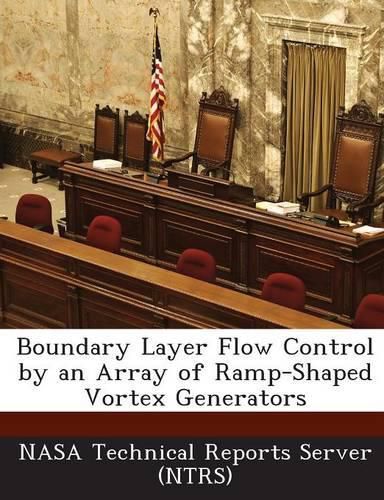Readings Newsletter
Become a Readings Member to make your shopping experience even easier.
Sign in or sign up for free!
You’re not far away from qualifying for FREE standard shipping within Australia
You’ve qualified for FREE standard shipping within Australia
The cart is loading…






Flow field survey results for the effect of ramp-shaped vortex generators (VG) on a turbulent boundary layer are presented. The experiments are carried out in a low-speed wind tunnel and the data are acquired primarily by hot-wire anemometry. Distributions of mean velocity and turbulent stresses as well as streamwise vorticity, on cross-sectional planes at various downstream locations, are obtained. These detailed flow field properties, including the boundary layer characteristics, are documented with the primary objective of aiding possible computational investigations. The results show that VG orientation with apex upstream, that produces a downwash directly behind it, yields a stronger pair of streamwise vortices. This is in contrast to the case with apex downstream that produces a pair of vortices of opposite sense. Thus, an array of VG s with the former orientation, usually considered for film-cooling application, may also be superior for mixing enhancement and boundary layer separation control.
$9.00 standard shipping within Australia
FREE standard shipping within Australia for orders over $100.00
Express & International shipping calculated at checkout
Flow field survey results for the effect of ramp-shaped vortex generators (VG) on a turbulent boundary layer are presented. The experiments are carried out in a low-speed wind tunnel and the data are acquired primarily by hot-wire anemometry. Distributions of mean velocity and turbulent stresses as well as streamwise vorticity, on cross-sectional planes at various downstream locations, are obtained. These detailed flow field properties, including the boundary layer characteristics, are documented with the primary objective of aiding possible computational investigations. The results show that VG orientation with apex upstream, that produces a downwash directly behind it, yields a stronger pair of streamwise vortices. This is in contrast to the case with apex downstream that produces a pair of vortices of opposite sense. Thus, an array of VG s with the former orientation, usually considered for film-cooling application, may also be superior for mixing enhancement and boundary layer separation control.